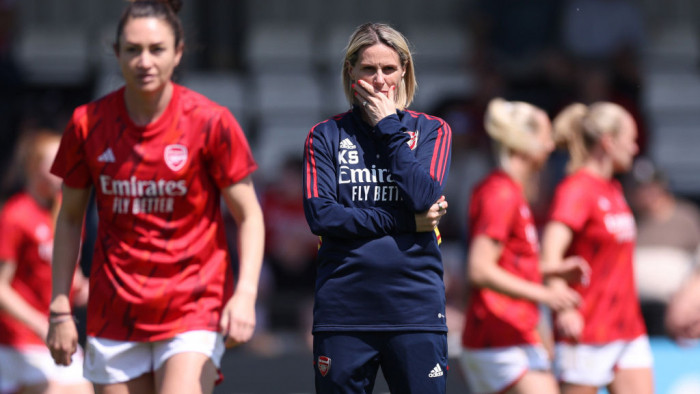After being told the bomb does not constitute as an Olympic dive we've had to rule ourselves out of this one. A summer's training wasted there. Make the most of your viewing with this guide...
When? 7-20 August 2016
Golds up for grabs: 8
Olympic presence: Men, 1904–present; women, 1912–present
Olympic Format: Men and women compete in spring board and platform events, in both individual and synchronised competitions.
Past Champions: USA : 49 | China: 33 | Sweden: 6
..........................................................................................................................................................
The basics
Olympic diving comes in two distinct formats, using 3-metre springboards and 10-metre platforms. There are competitions in both formats for men and women and for individual and synchronised diving, which was introduced to the Olympics in 2000. Synchronised divers perform the same dive simultaneously, or mirror-image dives (pinwheeling), and are judged on both the quality of the individual dives and their relationship to each other. In all formats, there are two rounds: a compulsory set of dives (chosen by the judges) and an optional set (chosen by the athletes).
Scoring and Judging
What makes a good dive? It took nearly three decades for Europeans and North Americans to agree. These days the consensus is that, out of a possible 10, a dive scores up to 3 points each for the quality of take-off from the board, flight through the air and entry into the water. The remaining point can be awarded as a bonus in any one of these three categories. The score is then multiplied by a degree of difficulty factor (DD) – so you get a lot more points for three twisting somersaults, for example, than for a quick half-pike. Olympic competitions have seven judges. To calculate the final score for a dive, the top and bottom scores are excluded and the remaining five averaged.
Basic Dives
There are so many different dives that the sport has had to invent a complex alphanumeric code to describe them all. That said, the basics are simple. A dive is defined by three features: the form of the take-off, the position of the diver during flight, and the rotations – somersaults and twists – performed during the dive. There are six ways in which divers spring from the board or platform: forward; back; reverse; inward; twist; and handstand. There are four different positions that a diver can assume in flight: straight; pike; tuck; and free. And there are two kinds of rotation: somersaults and twists (pictured, below).
'Extracted from How to Watch the Olympics by David Goldblatt & Johnny Acton (Profile Books)'
(Image: Rex Features)
Latest
Related Reviews and Shortlists










